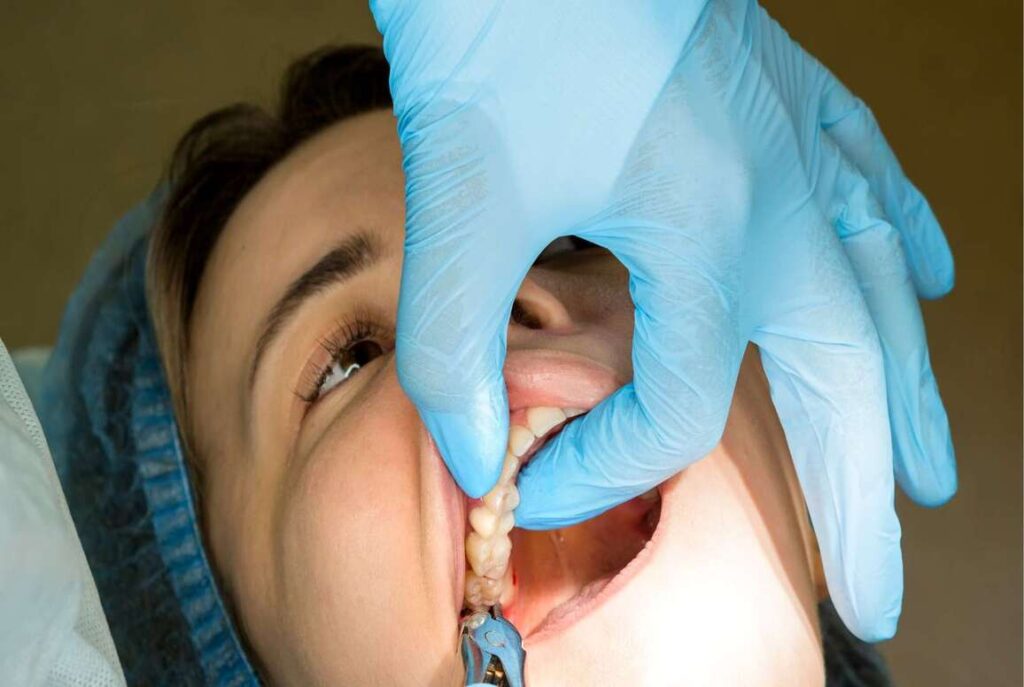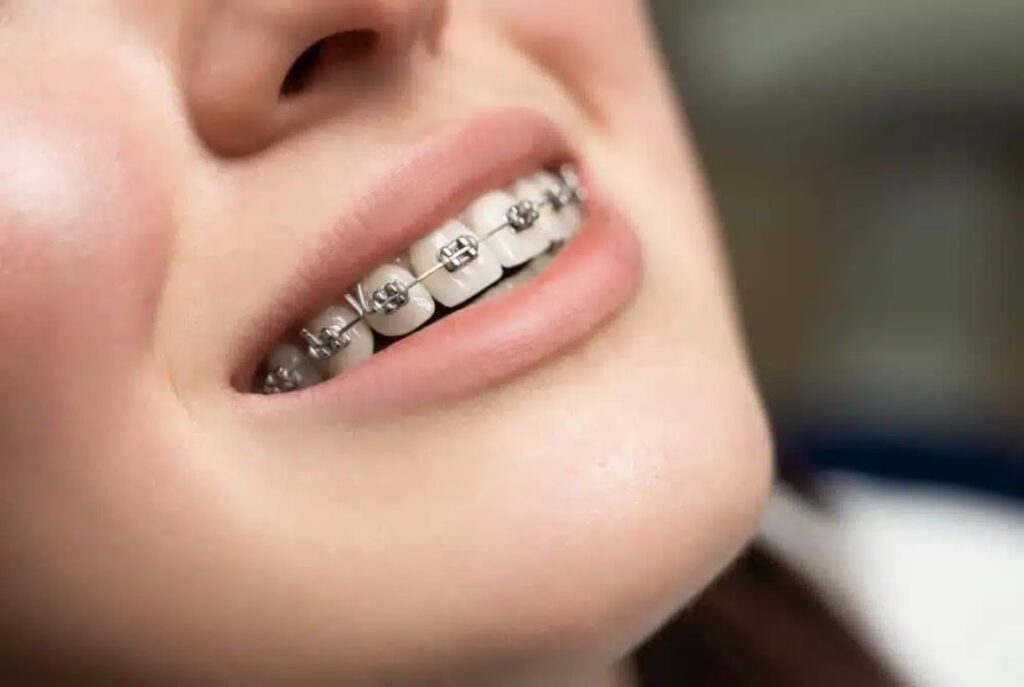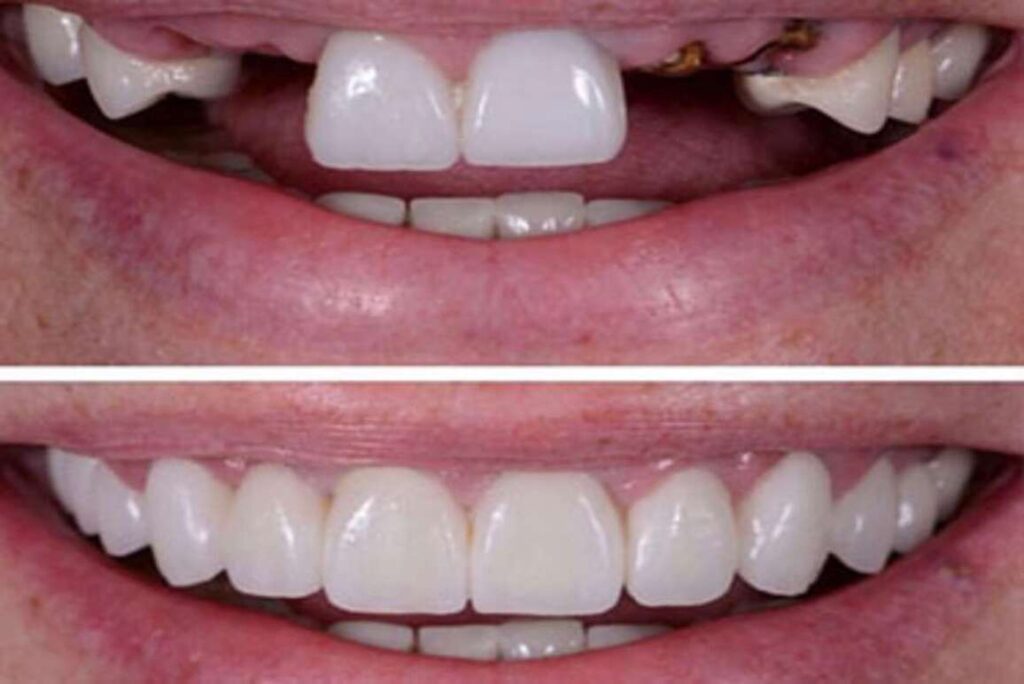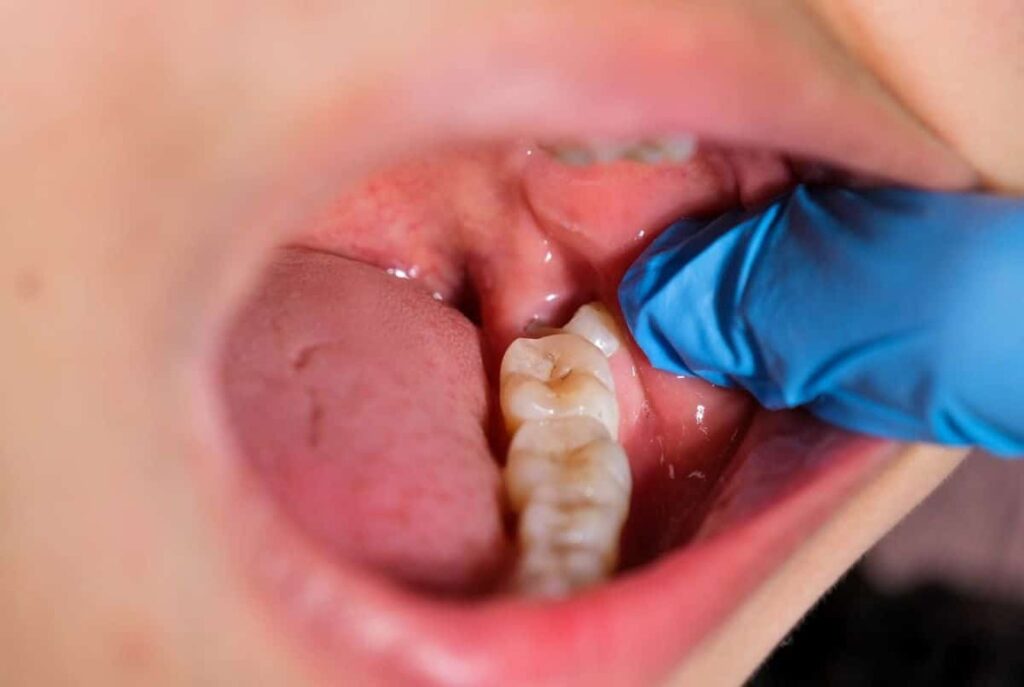We often avoid dental surgical procedures as the seems scary so we postpone or avoid dental visits. This happens because we often lack knowledge about surgical procedures and why it is necessary for us to go through them. Tooth extraction procedures are classified as simple (non-surgical) extraction and surgical tooth extraction. The surgical extraction procedure includes raising a gingival flap using a surgical blade, also removing a part of the bone by drilling the bone when it obstructs the easy removal of the tooth, and also includes tooth sectioning if absolutely necessary. Often surgical extractions are followed by the placement of sutures.
Various tooth extraction surgical procedures
- Impacted Third Molar
The extraction of impacted third molars is one of the most common surgical procedures in oral maxillofacial surgery. These can be sometimes the most
challenging teeth to extract, unlike other teeth in the oral cavity. As sometimes it does not get enough space to emerge in proper alignment, it might cause trauma to the adjacent structures such as soft tissue and adjacent tooth i.e. second molar. This might lead to improper brushing, food lodgement eventually leading to dental caries. Often patients come with a complaint of pain that radiated to the other parts of the face. Third molars can erupt in various directions making the extraction difficult. mostly the surgeon will cut the gingival soft tissue for better access to the tooth, and also drill the bone if necessary. The tooth is sectioned as required if it is severely obstructed.
- Impacted Canine
Impacted canine tooth surgery is done when the canine tooth is unable to erupt completed in the oral cavity and does not show any signs of its presence in the
normal tooth alignment. in such a case, it is located deep inside the bone and there is no space for its eruption. When the canine is partially impacted some surgical or orthodontic procedures can be carried out to maneuver it into a functional position. But this is not always possible in such cases it has to be removed surgically after taking a proper x-ray.
3. Over-retained Root Pieces
Sometimes even after tooth removal, some part of the root could have been left by mistake or deliberately due to some reason, and eventually, the socket heals hence trapping the root piece/ pieces inside the bone. After some months or years, the patient can go for voluntary extraction for the same with or without any symptoms. for this, a surgical approach is needed as the tooth pieces are embedded into the bone. not removing such tooth roots may lead to reinfection in the near future.
- Surgical Extraction of Ankylosed Tooth
The ankylosed tooth is firmly attached to the surrounding bone hence it always has to be removed surgically if at all it needs to be extracted. this surgery will result in severe bone loss as it is an atraumatic extraction procedure. Ankylosed teeth are more common in deciduous teeth than permanent teeth.
5. Severely Curved Root Anatomy e.g. Dilaceration
Some teeth might possess curved root anatomy which makes them difficult to extract. in such a case complete removal of such tooth requires a surgical approach.
6. Tooth with Hyper cementosis
Hyperkeratosis is the excess deposition of cementum i.e. the outer layer of the tooth root situated inside the bone. this occurs at the lower end of the tooth root hence forming a bulbous end. It is removed surgically by raising a flap drilling into the bone and creating a window. and then normally extracting the tooth by using dental forceps and elevators.
- Tooth Fusion
Tooth fusion is the union between two separate developing teeth. if any of the tooteeths to be extracted for endodontic or orthodontic reasons. In such cases, the flap is raised and contact between the two teeth is broken using taper bur while preserving as much tooth structure as possible of the tooth that has to be retained.
- Extraction of Deciduous Molar that Embraces Crown of Permanent Tooth
In such a case, if the simple extraction technique were to be attempted, there is a great risk of concurrent luxation of the premolar.
Frequently Asked Questions
Q1. What is the difference between a simple (non-surgical) extraction and a surgical tooth extraction?
A: A simple extraction is done when a tooth is fully visible and accessible; the dentist loosens it and removes it. A surgical extraction is needed when the tooth is impacted, broken under the gum, or difficult to reach. In such cases, a flap may be raised, bone may be removed, or the tooth may be sectioned to extract it.
Q2. Which surgical extraction procedures are most common?
A: Some of the common ones include:
- Impacted third molar (wisdom tooth) removal
- Surgical removal of impacted canines
- Extraction of over-retained root pieces
- Removing ankylosed (fused) teeth
- Extracting teeth with severely curved (dilacerated) roots
- Removing teeth with hypercementosis (excess cementum)
- Dealing with tooth fusion
- Extracting deciduous molars that encroach the permanent tooth
Q3. Is surgical tooth extraction painful?
A: No, it is not supposed to be painful. Dentists use local anesthesia, and in some cases sedation, to ensure you feel minimal discomfort. Post-operative pain can be managed with prescribed medications and aftercare instructions.
Q4. How long does the recovery process take after a surgical tooth extraction?
A: Recovery varies depending on the complexity, but generally the first 24–48 hours are the most critical. Swelling and some discomfort are common in the first few days. Full healing of soft tissues usually takes about 1–2 weeks; bone healing takes longer.
Q5. What are the risks or complications of surgical extraction?
A: While most procedures go smoothly, possible complications can include infection, bleeding, dry socket (alveolar osteitis), injury to adjacent teeth or nerves, or delayed healing. Choosing an experienced dentist and following post-op instructions reduce risks.
Q6. When should I see a dentist for possible surgical extraction?
A: You should consult a dentist if you have severe tooth pain, swelling, inability to open the mouth fully, recurrent infections, or a tooth that is not erupting properly (e.g. wisdom tooth). Early assessment lets the dentist plan whether simple or surgical extraction is needed.
Q7. Can surgical extraction be avoided with earlier treatment?
A: Sometimes yes. For example, impacted teeth detected early can sometimes be guided into place via orthodontics or minor surgery. But when the tooth is causing damage, pain, or cannot be saved, surgical extraction becomes necessary.
Q8. How do I choose the right dental clinic in Pune for surgical extractions?
A: Choose Pathak Dental Clinic Pune for expert dentists, advanced equipment, strict sterilization, and trusted experience in complex surgical extractions.
Address: 11/11 Akurdi Chikhli Road, Near Dwarka Collection, Kasturi market, Sambhaji Nagar, Thermax Chowk, Below nutan Jewellers, Chinchwad, Pune, Pimpri-Chinchwad, Maharashtra 411019
Find the clinic here: Get direction




